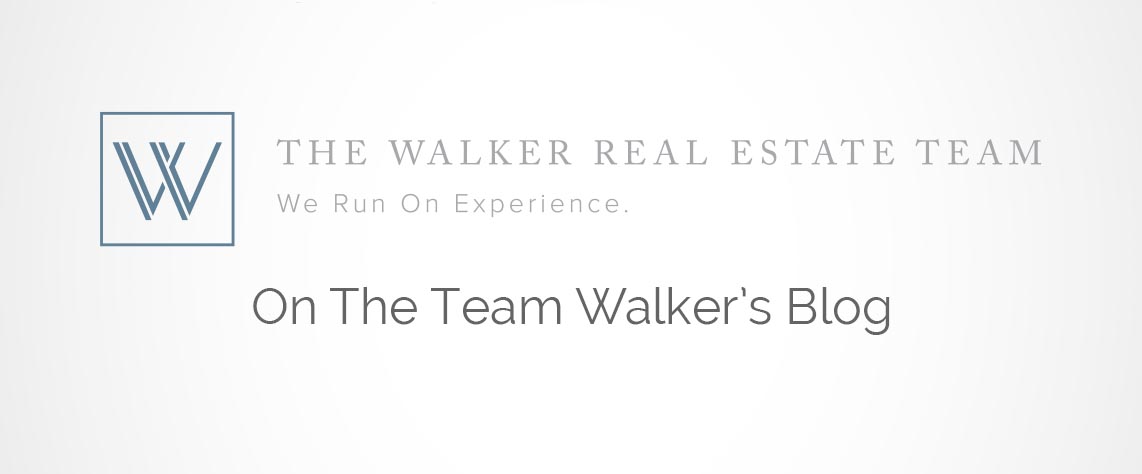Quick version update:
- The Bank of Canada (BOC) increased its benchmark rate by 0.25% yesterday. Prime rate which affects variable rate mortgages and Home Equity Lines is now 6.70%
- The central bank is now expected to put a pause on rate hikes to let the 8 consecutive rate increases this past year influence our economy as it was intended to. This is expected to take a little more time to manifest through key economic indicators such as headline/core inflation, job growth, and the unemployment rate.
- Variable rates will stabilize going forward (despite Prime rate now at 6.7% being the highest in 2 decades)
- On the flip side, fixed rates are expected to trend down going forward as bond yields are expected to drop. Simulations suggest that shorter term fixed rates are also likely the best options to save on interest cost now, not the traditional 5 year term.
Long version update:
What happened yesterday?
As anticipated, the Bank of Canada (BOC) increased its benchmark rate by an additional 0.25%. This effectively raises the Prime rate that retail banks use to set the cost of Variable rate mortgages, Home Equity Lines of Credit, and all loans tied to Prime rate to 6.70%. For anyone with a Variable rate mortgage, your monthly payment will go up by approx. $15 per 100K of outstanding mortgage principal. For a typical mortgage of 500K, this equates to an increase of $75 in next months mortgage payment. This is of course on top of the 7 previous rate increases in 2022 that has already increased most variable rate mortgage payments by over 50% during the height of the pandemic when interest rates were at its lowest in history.
Any good news from yesterday’s announcement?
The good news is the central bank said that it “expects to hold the policy rate at its current level while it assesses the impact of the cumulative interest rate increases.” In layman terms, we can now expect no additional rate increases probably for the rest of the year unless something forces the central bank to reconsider such as another spike in inflation. Inflation peaked at 8.1% in June 2022 and has been coming down since, last measured at 6.3% this past December. Although Prime rate, now at 6.70%, is the highest its been since 2001, the pause by the BOC is going to give variable rates some stability. This is no doubt some relief for variable rate holders who have been riding out all the rate increases instead of converting to a fixed rate up to now.
Looking ahead
If all economic metrics continue to trend in the right way (ie. inflation back down to its target 2-3% range which the central bank says could happen by mid 2023 or 2024) then we could even see a cut in Prime rate towards the end of this year. But we have to remain cautiously optimistic as the Bank of Canada has been anything but predictable throughout the past couple of years. One of the BOC’s concerns is that consumers’ expectation of future rate cuts, will in itself, ignite spending again (including buying houses!) which is obviously counterproductive to battling inflation. This is why we also have to be prepared for the BOC to tighten even more if it feels necessary.
Fixed rates should drop
Despite the continuous rise in Variable rates this past year, fixed rates have actually been quite stable and actually trending down for the past few months amongst non-bank lenders. Hopefully we will also see this pattern with the big banks in the months ahead as well. The reason for this forecast is that during the late stages of rate hike cycles, rate increases by central banks often result in more bond buying by investors. When there is more bond buying, bond yields will drop (which influences fixed mortgages rates). This has indeed been happening the past few months aside from a few surges here and there. So this is why we expect to see fixed rates decrease in the months to come especially now that we have received encouraging language from the central bank itself that yesterday’s rate increase could be the last one for this cycle.
What should mortgage shoppers do now?
Simulations based on rate forecasts suggests that short term fixed rates – 6 months, 1 year, and 2 year terms model out best. Perhaps even a good discounted 3 year fixed rate is a good option, but definitely not 5 years as that would be too long in many expert opinions. This is despite the big banks offering promo rates and cash bonuses for 3+ year terms. Going with a shorter term fixed rate would allow mortgage holders the ability to renew when the BOC is expected to start cutting Prime rate. However, if you choose to lock in now, the advice is to try to choose a lender that offers a fair prepayment penalty (ie. non-bank lenders) in case breaking the mortgage early becomes necessary due to life events or feasible in order to capitalize on lower rates down the road.




Recent Comments